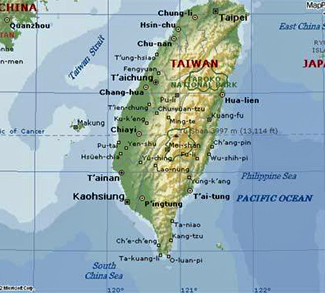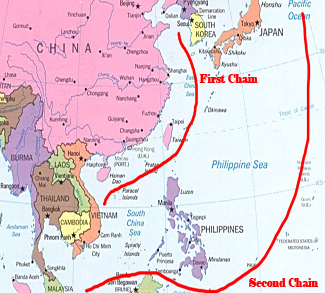China’s People’s Liberation Army (PLA) is currently ranked as the third most powerful military in the world, behind only the United States and Russia. Its naval arm, the People’s Liberation Army Navy (PLA Navy), is actually larger than the US Navy, currently consisting of an active duty battle force of around 370 platforms. Moreover, that number is a likely underestimate since it does not include smaller-scale vessels that can be equipped with anti-ship cruise missiles (ASCMs) in a hypothetical conflict near Taiwan; for example, the Type 022 (Houbei Class) patrol boats that pose a credible risk to blue water platforms while not being able to traverse the open oceans themselves. Nor does it include the irregular forces that could be brought to bear in any conflict in China’s littoral waters, such as the People’s Armed Forces Maritime Militia (PAFMM).
How the PLA Navy continues to expand over the short- and medium-term is a matter of mounting concern for US policymakers and military strategists. China’s ongoing shipbuilding and force modernization programs expect to grow the PLA Navy to 395 ships by 2025, and 435 ships by 2030. In contrast, the US Navy was fielding 296 battle ships as of August 2024, and US efforts to catch up are complicated by the yawning gap in shipbuilding capacity between China and the United States. Just how big is this gap? According to a leaked US Navy briefing, China has a domestic shipbuilding capacity 232 times greater than the United States.
The PLA Navy may be winning in terms of quantity, but the US maintains a qualitative edge, albeit one that is rapidly diminishing over time. To quote an unclassified US naval intelligence briefing on China’s shipbuilding program in 2020: “Chinese naval ship design and material quality is in many cases comparable to [US Navy] ships, and China is quickly closing the gaps in any areas of deficiency. There is inevitably some fog of war here in that the PLA Navy remains untested by actual combat with a peer adversary, and the opaque nature of China’s politics typically obscures any disclosure that might suggest the modernization program is not a rousing success, with some notable exceptions such as the reported sinking of a cutting-edge submarine while in dock in September 2024.
This backgrounder will break down the PLA Navy by vessel type, examining force structure, capabilities, new platforms, respective roles in China’s overall maritime strategy:
Aircraft Carriers
- 1 Type 001 Operational (Liaoning)
- 1 Type 002 Operational (Shandong)
- 1 Type 003 in Late Testing (Fujian)
- 1 Type 004 under Construction
China currently possesses three aircraft carriers, the Liaoning, Shandong, and Fujian. These carriers, with their expansive flight decks, are central to the PLA Navy’s power projection capacity, as they allow for the launching and retrieval of both fixed-wing aircraft and rotorcraft.
The PLA Navy’s first aircraft carrier was the Liaoning (Type 001). Commissioned in 2012, the Liaoning is a refitted Soviet Kuznetsov-class vessel, mainly serving as a training and weapons testing platform, though still fully operational for combat. The Shandong (Type 002), commissioned in 2019, is China’s first domestically built carrier and is regarded as an improved version of the Liaoning, featuring more advanced systems. The most recent addition is the Fujian (Type 003), launched in 2022, which represents a significant leap in capability with its flat-top design and electromagnetic catapults, similar to US supercarriers.




